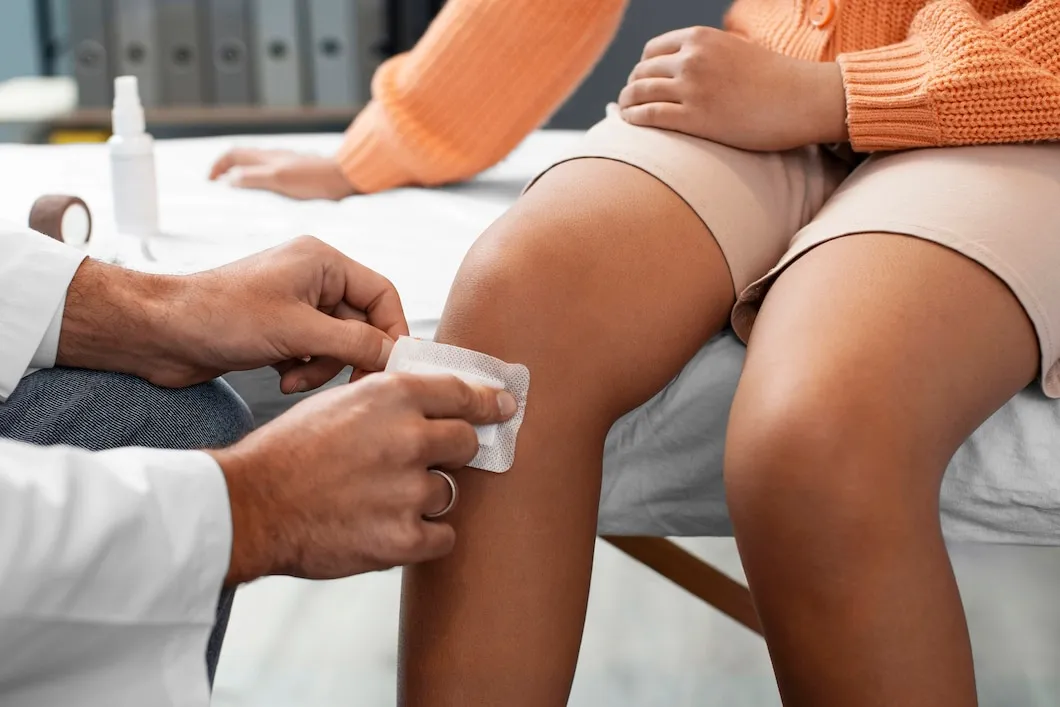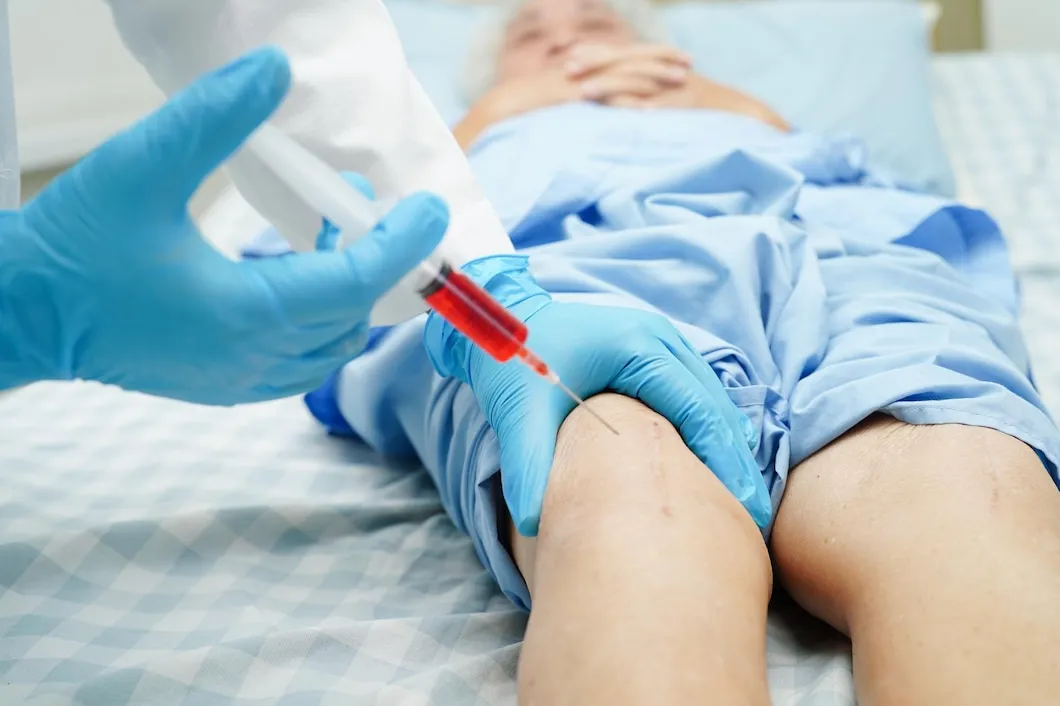
For millions of people, chronic joint pain is more than a nuisance—it's a constant barrier to an active life. Whether it's the stiffness of arthritis or a nagging injury that won't heal, the traditional approach often feels like a series of "band-aid" solutions: painkillers to mask the discomfort, steroid injections for temporary inflammation relief, or the eventual recommendation for invasive surgery. But a new era of joint care is here, and it's powered by the most sophisticated resource available: your own body. Platelet-Rich Plasma (PRP) therapy is at the forefront of this revolution, offering a powerful, natural way to heal and restore joint health from the inside out.

PRP therapy is a cutting-edge regenerative treatment that leverages the healing potential of your own blood. Your blood is made up of several components, including red blood cells, white blood cells, and platelets. Platelets are most commonly known for their role in blood clotting, but they are also a rich source of growth factors—proteins that are crucial for tissue repair and cell regeneration.
During a PRP procedure, a small amount of your blood is drawn and placed into a centrifuge. This device spins the blood at a high speed, separating it into layers. The part with the highest concentration of platelets and growth factors is isolated, creating the "Platelet-Rich Plasma." This concentrated solution is then injected directly into the site of the joint injury or degeneration.
Once injected, the highly concentrated growth factors in the PRP go to work. They initiate a cascade of healing processes that are often dormant or slowed in a chronic injury. The growth factors signal to the body to:
This process is not about simply numbing the pain; it's about creating an optimal biological environment for the joint to heal itself. For conditions like osteoarthritis, PRP can slow the progression of cartilage degradation and provide long-lasting pain relief. For chronic tendon and ligament injuries, it can accelerate the healing process, often reducing recovery time.
PRP therapy stands in stark contrast to traditional treatments. Pain medication offers short-term relief with the risk of side effects. Steroid injections can provide temporary comfort, but repeated use may actually damage joint tissue over time. Surgery is often a last resort, involving lengthy recovery and significant risk.
By using your body's own healing mechanisms, PRP therapy provides a non-surgical, minimally invasive alternative that offers the potential for:
If you've been living with joint pain and are seeking an alternative to the endless cycle of temporary fixes, PRP therapy offers a revolutionary path forward. It represents a paradigm shift in how we approach joint health, moving away from reactive symptom management and toward a proactive, restorative solution. By harnessing the power within you, PRP therapy is proving that the most advanced and effective treatments are often the most natural ones.
PRP therapy is commonly used for a wide range of joint and soft tissue conditions, including osteoarthritis, rotator cuff tears, tennis elbow, plantar fasciitis, and ligament sprains.
The number of treatments varies depending on the individual and the severity of the condition. Many patients achieve significant relief with just one or two treatments, while others may require a series of injections over several months.
While PRP therapy can significantly reduce the symptoms of arthritis and improve joint function, it is not considered a "cure" in the traditional sense. It can, however, provide long-lasting relief and help to slow the degenerative process.
During the injection, you may experience some discomfort or a feeling of pressure. A local anesthetic is often used to minimize this. After the procedure, it's common to have some mild soreness at the injection site for a day or two.
Your doctor will provide specific instructions, but generally, you may be asked to avoid taking anti-inflammatory medications (NSAIDs) for a week or so before the procedure, as these can interfere with the body's natural healing process.
Ready to explore a new path to lasting joint relief? Learn more about how our innovative, non-surgical PRP therapy treatments can help you. Visit our website to read more about our services and see patient success stories. For a personalized consultation, please call us today at (972) 865-4454 to schedule an appointment. Our team is here to help you get back to a life free of chronic pain.